Curly lily: varieties and subtleties of cultivation

Curly lily or locust differs from representatives of the Liliaceae family. It is interesting that the leaves, buds and stems of flowers have practical value, which is why the lily is widely used in the field of medicine, cosmetology, and cooking. Today, this useful culture is listed in the Red Book. We will reveal the characteristics of yellow "royal curls" and tell you how to grow and care for a flower.

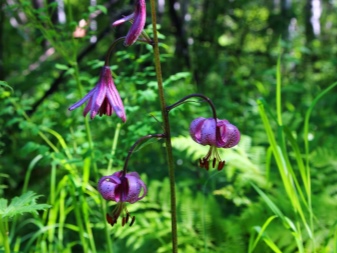

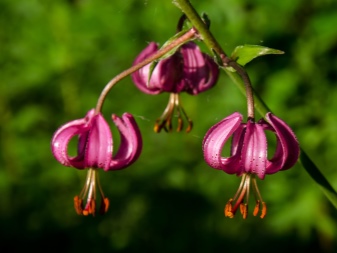
Description
The locust lily is native to Lebanon, however, thrives on Siberian lands. Recently, the culture has spread throughout Eurasia, after which scientists have included its scientific classification and endowed with the Latin name - Lilium Martagon. It is interesting that among flower growers the wild lily is called differently - curly, locust, forest, royal, Turkish, martagon.
The natural halo of the flower's habitat is mixed forests (Western Siberia), broad-leaved (European countries), small-leaved (Eastern part), as well as mountainous areas (Ural). It is interesting that for the first time the curly lily was mentioned as a garden culture in the Middle Ages - it was used to decorate gardens and open halls.
So, consider the characteristic features inherent in "royal curls"... The plant has a well-developed stem system. It is branched, with a strong, slightly rounded base. Thin shoots hold flowers. The main trunk is quite high - about 2 meters.
"Tsar's curls" are heavily overgrown with leaves - one trunk can hold more than 20 pieces. The top pair is at the same height. The lower pairs are grouped in racemes, overgrowing around the stem. A similar arrangement of leaves in florists is called a whorl.
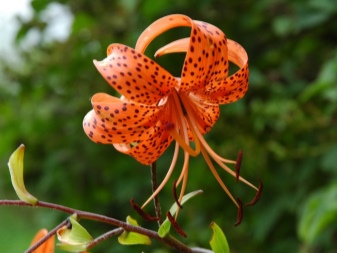
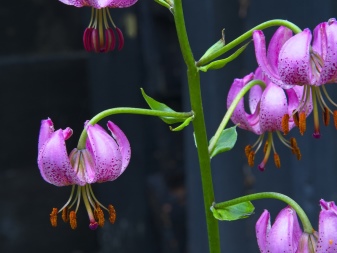
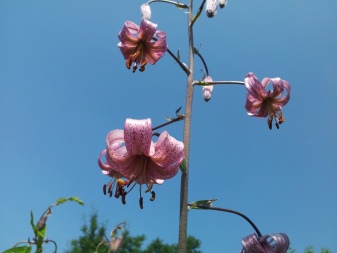
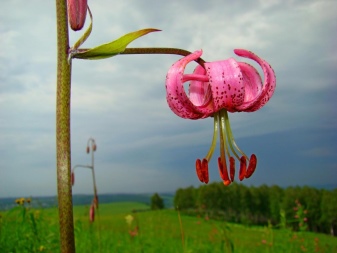
At a certain moment, seed pods form in the locust. They are located at the base of the leaves. They are the material for plant propagation. The shape of the lily fruit is a hexagon. The seeds resemble brown plates. The flower's calyx forms the so-called dome - the ends of the petals are bent, while the middle is open, which facilitates the process of pollination, collecting nectar.
The color range of buds is varied - there are one-color or a combination of several shades. For example, a curly lily may have a pattern, dark speckles, or a different color at the edges of the petal. The formed flowers are collected in a brush, forming the shape of "flowing curls" - it is for this feature that the representative of liliaceae got its name. Martagon is known for the variety of colors of flowering buds.
Each lily variety has its own distinctive shade. So, for Terrak Kiti it is pure yellow, for Rosalind it is pinkish-lilac, and Ivorina has a white-pink color.
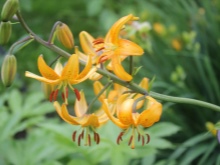
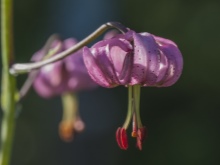
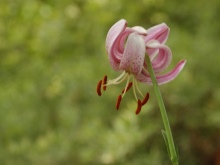
Hybrid varieties
Several varieties of wild culture are known in breeding. Obvious differences consist only in the color of the blossoming buds, the size of the stem, and the time of flowering.
- L. Pink Morning has a bright yellow bulb (size - 5 cm), to which the scales adjoin. The leaves are grouped, sticking to the stem. The tall peduncle (2 m) contains a large number of inflorescences (from 3 to 40). The buds are colored white, pink, yellow or dark red. There are also small blotches. Ping Mering has a pleasant scent. Blooms in early summer.
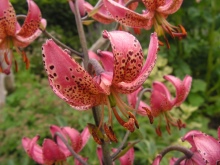
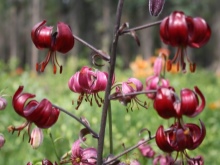

- "Henry" (L. Henry) has small buds of a light yellow shade with a characteristic golden tint.In this variety, one base holds 2 flowers at once. The plant grows up to 3 m in height, has a developed deciduous and root system. The leaves are also collected in a whorl. The flowering period occurs in late summer - early autumn.
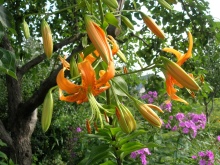
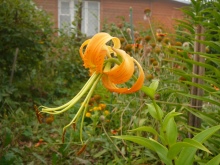
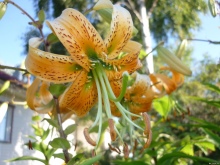
- L. Fire King - the flower is shaped like a goblet. The petals are bent upward, like a classic lily. One stem holds more than 8 flowers. For "Fire King" is characterized by an orange-yellow color, there is a fiery tint. The trunk is low - only 80 cm, thick, framed by dense foliage. The buds bloom in July and August.
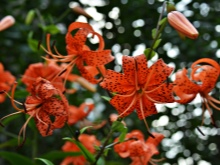

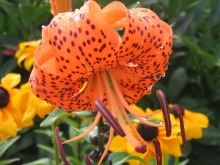
Landing
Before planting a plant in open ground, you need to decide on a place. Since the lily is an unpretentious flower, there will be no difficulties with growing and leaving. To prepare the site, do the following:
- clear the area from debris, weeds, then weed it;
- a few days before planting, sprinkle the soil with ash, then dig up;
- dig a hole at least 20 cm deep;
- use a drainage layer of sand, humus and organic fertilizers.


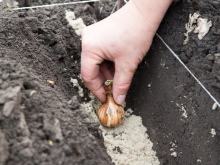
Forest lily is planted with bulbs, which also need to be prepared in order to increase the chance of survival. So, experienced gardeners recommend:
- select only healthy specimens - they should not have rot, cracks, dents, any damage;
- soak the bulbs in the Zircon solution for a couple of hours;
- straighten the root system;
- rinse the roots with potassium permanganate;
- for transportation, place the planting material in a container filled with soil.
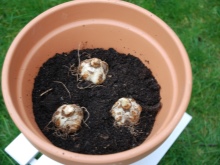
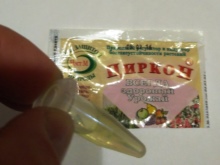

Now you can dive the plant to a permanent place. After the bulbs have been placed in the hole, sprinkle with earth and water well. These manipulations are recommended in spring or autumn - this is the right time for the roots to get stronger and the flower to prepare for the cold weather.
If the planting was carried out in the fall, take care of insulation for the winter. For this, you can use peat, humus, dry grass. The mulch layer is usually laid around the hole.
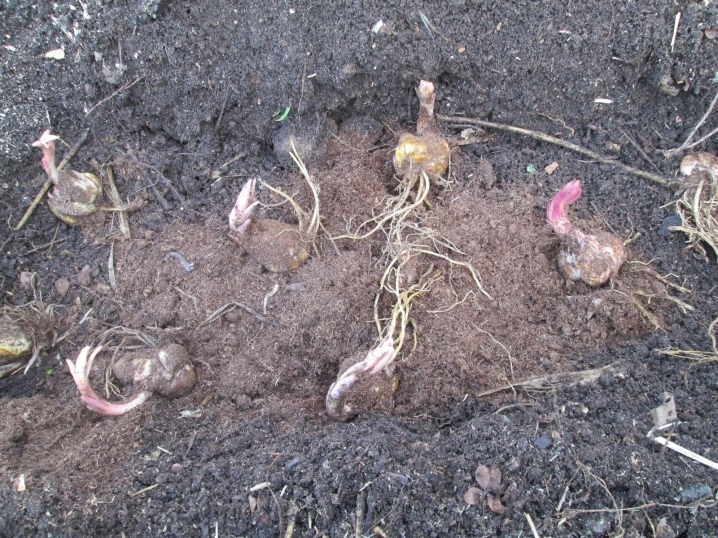
Care
It will be possible to observe the beautiful flowering of "royal curls" in your garden only if you follow important recommendations for caring for a young plant. They include:
- watering the bush - always at the root;
- it is important to monitor the moisture content of the earth - it is impossible to allow drying out and stagnation of water;
- preventive work to maintain the immunity of the culture, as well as the preparation of means for combating pests and diseases;
- top dressing twice a year - in the spring, use vitamin-mineral complexes, in the fall, prepare a nutritious potassium-phosphorus mixture.
Gardeners note that the locust especially needs moisture during the flowering period. It will also be useful to irrigate the stems and buds with special preparations that protect the plant from the development of gray rot during the rainy season. Interestingly, with proper care, the curly lily will reach full development 5 years after planting, and will bloom only after 10.
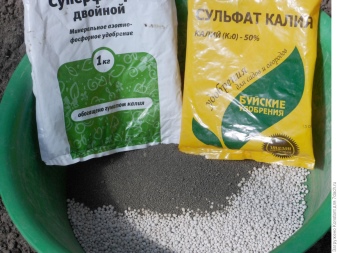
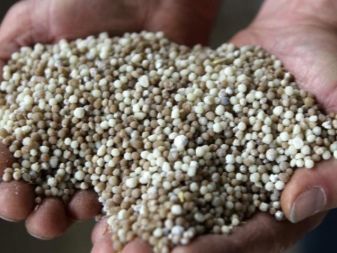
Reproduction
Bulbous perennial lily reproduces in three most effective ways. Let's consider each of them in more detail. The first method is flaking:
- first select a healthy bulb;
- a couple of scales are separated;
- planting material is washed with a weak solution of potassium permanganate;
- scales are planted in vermiculite, then put in a warm place for a month;
- during this time, it is necessary to control the moisture content of the substrate;
- after the embryo is formed, the flake is pulled out of the vermiculite and removed to a place with room temperature;
- in spring, the plant is planted in open ground;
- the hole is mulched;
- then watered abundantly.

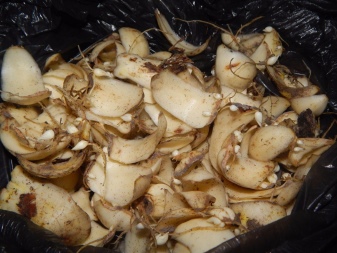
The second way is bulbous division:
- you only need a perennial bulb (2 stems with flowers);
- the daughter process is separated;
- planting is best done in a sunny place;
- dig a hole 20 cm deep;
- place the bulbs, observing the interval between each 40 centimeters;
- planted bulbs are sprinkled with earth, mulch;
- further it is worth making good watering, avoiding stagnant water.
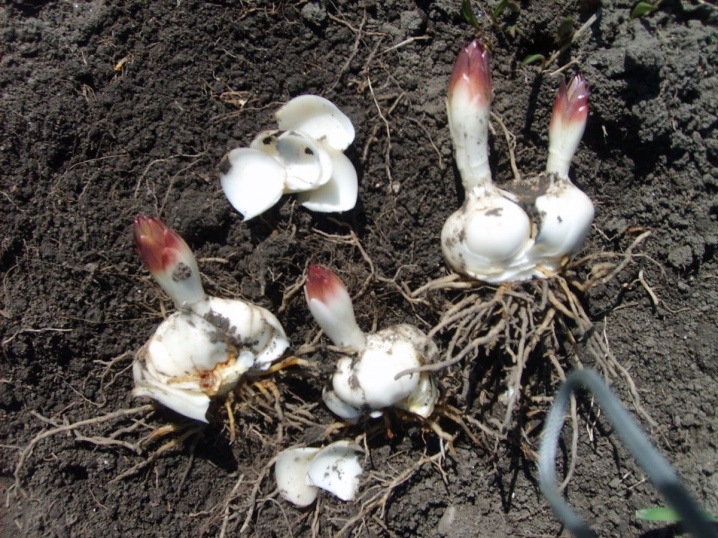
The third method is seed:
- seeds of an adult lily are needed;
- holes or slats are made in flower beds to a 2-centimeter depth;
- spread the seeds, covering them with soil;
- water the landing site well;
- after the formation of the first leaves, fertilizing with mineral fertilizers or vitamin complexes is allowed.
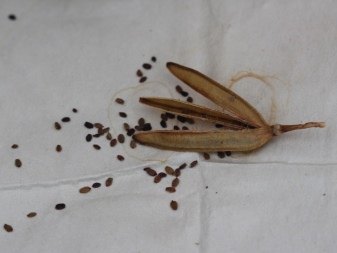
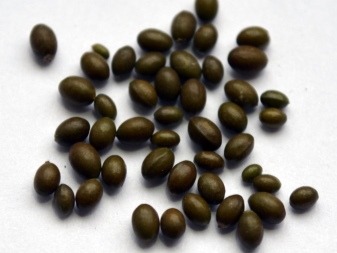
Pests and diseases
Garden lily is an unpretentious crop, its cultivation at home is not difficult. However, the novice gardener should know that the flower does not tolerate rainy days. Excess moisture in the soil threatens the development of fungal diseases, as well as the formation of rot on the roots. In order to avoid bad consequences when growing a plant, you need to know the following points:
- it is better to immediately treat young sprouts with the preparations "Fundazol", "Fitosporin";
- it is worth taking a month's break, then repeating the procedure using the same means;
- if the rainy season is prolonged, it is recommended to carry out preventive manipulations every 2 months.


In addition to viral diseases, the firefighter beetle often attacks the locust. This pest feeds on the stepchildren of the flower, then lays the larvae (similar to red eggs), which, as a result, leads to the death of the entire plant. Experienced gardeners advise using preparations such as "Skor", "Commando", "Topaz"designed to exterminate the Colorado potato beetle. In addition to the beetle, the yellow fly loves to feast on the buds of "royal curls".
After a couple of bites of the parasite, the petals wither and fall off. In the fight against the yellow pest, the "Aktara" agent demonstrates high efficiency - it is enough to spray the plant once a month.
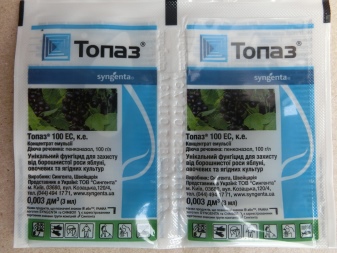
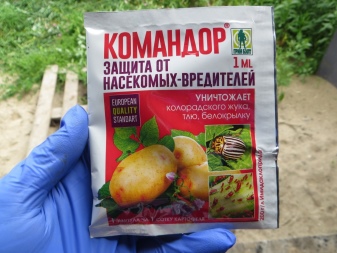

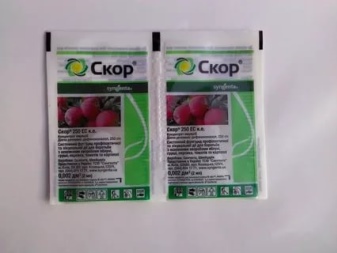
Examples in landscape design
Curly lily creates a truly beautiful composition in combination with roses, peonies, as well as the Kasatik family.
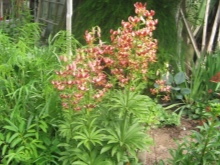


To create a delicate "picture" in the garden, use light shades of lilies, complementing pink and white peonies.
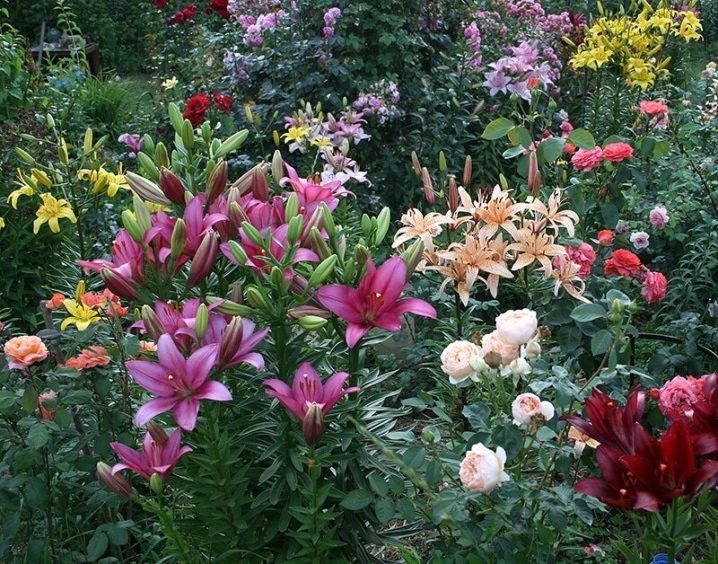
In landscape design, there is also a combination of "royal curls" with decorative coniferous trees. Such a duet looks especially beautiful from the front side of the house, for example, along the path.

In general, the garden culture from the Liliaceae family, namely Marchagon, is popular among gardeners. Due to its unpretentiousness and frost resistance, the plant takes root in almost any region of Russia. In addition, with proper care, after a couple of years, you can see how bright buds bloom.
For curly lily, see below.







































































































Skor and Topaz are fungicides against fungal diseases.
The comment was sent successfully.